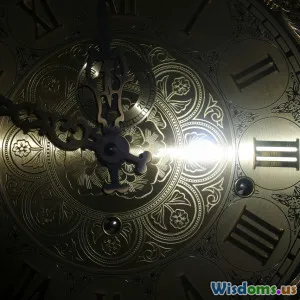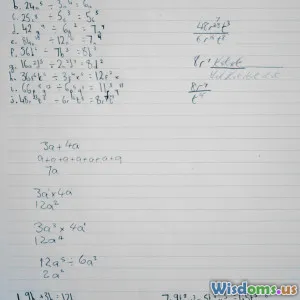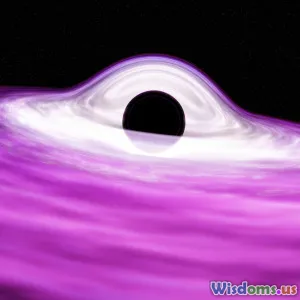
Can Gravitational Waves Reveal the Universe’s Darkest Secrets
17 min read Explore how gravitational waves unlock secrets of black holes, neutron stars, and dark matter, reshaping our understanding of the universe. (0 Reviews)
Can Gravitational Waves Reveal the Universe’s Darkest Secrets?
When the first detection of gravitational waves rippled around the globe in 2015, it was more than a technological marvel—it was a new sensory organ for physics. Physicists long keen on listening to cosmic events by their electromagnetic signals suddenly found themselves able to feel the creases in spacetime itself. But beyond the deeply poetic dimension, gravitational waves represent something profound: could they hold the key to the invisible enigmas of our cosmos—mysteries like dark matter, dark energy, and the conditions near the very inception of the universe? In this article, we dive deeply into how gravitational waves might unlock cosmic secrets long obscured from sight.
The Mechanics and Promise of Gravitational Waves

Imagine spacetime as a vast, stretchable sheet. Objects of mass, like bowling balls on a trampoline, curve this surface. When two black holes spiral and crash into each other, they send waves through this cosmic fabric—disturbances Einstein predicted a century ago but never expected humanity could measure.
The scale of these waves and the effort to catch them are mind-boggling. The Laser Interferometer Gravitational-Wave Observatory (LIGO) can detect distortions smaller than a proton’s width. It’s akin to sensing a shift in distance between Earth and Alpha Centauri—over four light-years away—by the thickness of a human hair. The historic confirmation in 2015, from the collision of two black holes 1.3 billion light-years from Earth, was science’s way of saying, "Yes, the fabric is rippling."
But why does this matter? Traditional observations—optical, radio, X-rays—provide only electromagnetic footprints. Gravitational waves are the titanic thumps. They carry unfiltered information, untouched by dust or matter, about the most violent and hidden events. With each detection, they illuminate corners the universe has kept hidden, sometimes since its earliest epochs.
Distinguishing Shadows: What Gravitational Waves Add to Our Cosmic Map

Through centuries of astronomical endeavor, we've built a cosmic atlas using light. But this light-based method has limitations—obfuscated by dark gas clouds, able to scan luminous matter only. Many cosmic players, especially black holes and dark matter, interact weakly or not at all with photons. They're in shadow, invisible to telescopes searching the stars.
Gravitational waves sidestep these limitations. Black holes themselves were only inferred until the 2015 event. Now, black hole mergers, which produce little to no electromagnetic radiation, become instantly knowable through their trembling echoes in spacetime.
Take, for example, neutron star mergers. The landmark GW170817 event in August 2017 did emit electromagnetic signatures, enabling a comprehensive multi-messenger study—gamma rays, X-rays, even visible light synced with the wave event. Yet, not all colossal collisions are so well-lit. Black hole-black hole mergers provide the opposite: ghostlike, electromagnetic silent but thunderous in gravity’s domain. Through these, we examine the cosmic population of black holes, their masses (sometimes surprisingly large), and their properties, giving unprecedented clarity and scope.
Could Gravitational Waves Unveil the Mystery of Dark Matter?
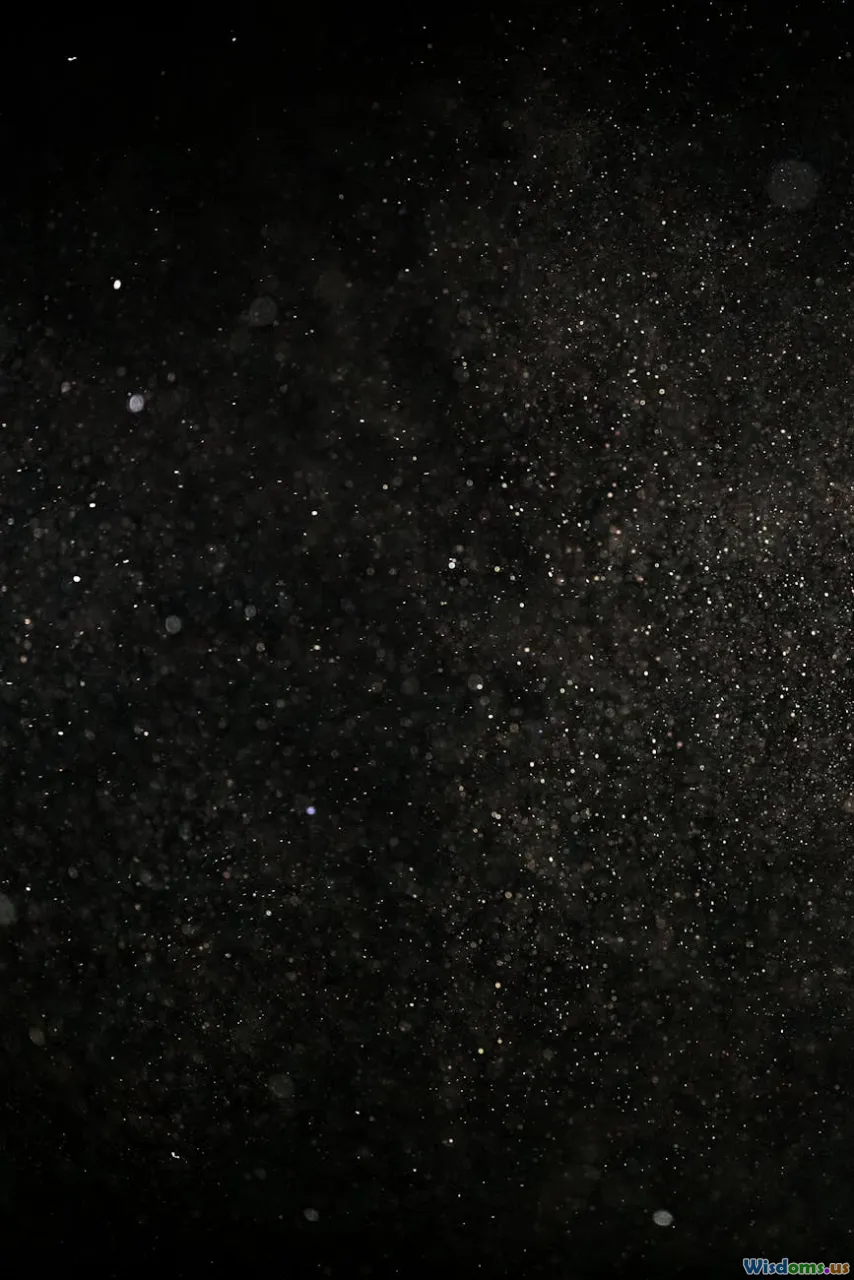
Dark matter makes up about 27% of the universe, yet remains one of science’s greatest mysteries. Invisible and essentially non-interacting with light, it's detectable only via its gravitational influence on visible matter. Galaxies spin faster than visible mass would suggest, an indirect gravitational signature attributed to vast halos of dark matter.
So where do gravitational waves fit? Recent research proposes several fascinating possibilities:
- Primordial Black Holes: One hypothesis is that at least a fraction of dark matter may consist of primordial black holes—ancient remnants from soon after the Big Bang. Gravitational wave detectors are already observing mergers from black holes that surprise researchers with their mass-frequency, possibly hinting at a primordial origin.
- Waveform Anomalies: If dark matter is made of exotic particles (like axions), their presence around compact mergers could modulate or "superradiate" parts of the gravitational wave spectrum. Ongoing work involves combing through observed wave events for such subtle deviations.
- Spatial Distribution: By cataloging thousands (eventually millions) of events, scientists can trace merger locations and rates, comparing with models of where dark matter should cluster or be absent, testing competing dark matter theories without needing visible light.
While gravitational waves haven’t delivered a smoking gun for dark matter yet, they add vital and unique lines of evidence. The coming decades, especially as detectors like LISA (Laser Interferometer Space Antenna) go online, promise ever-increasing sensitivity—and scrutiny.
Probing the Realm of Dark Energy: Seeking Answers in Cosmic Expansion
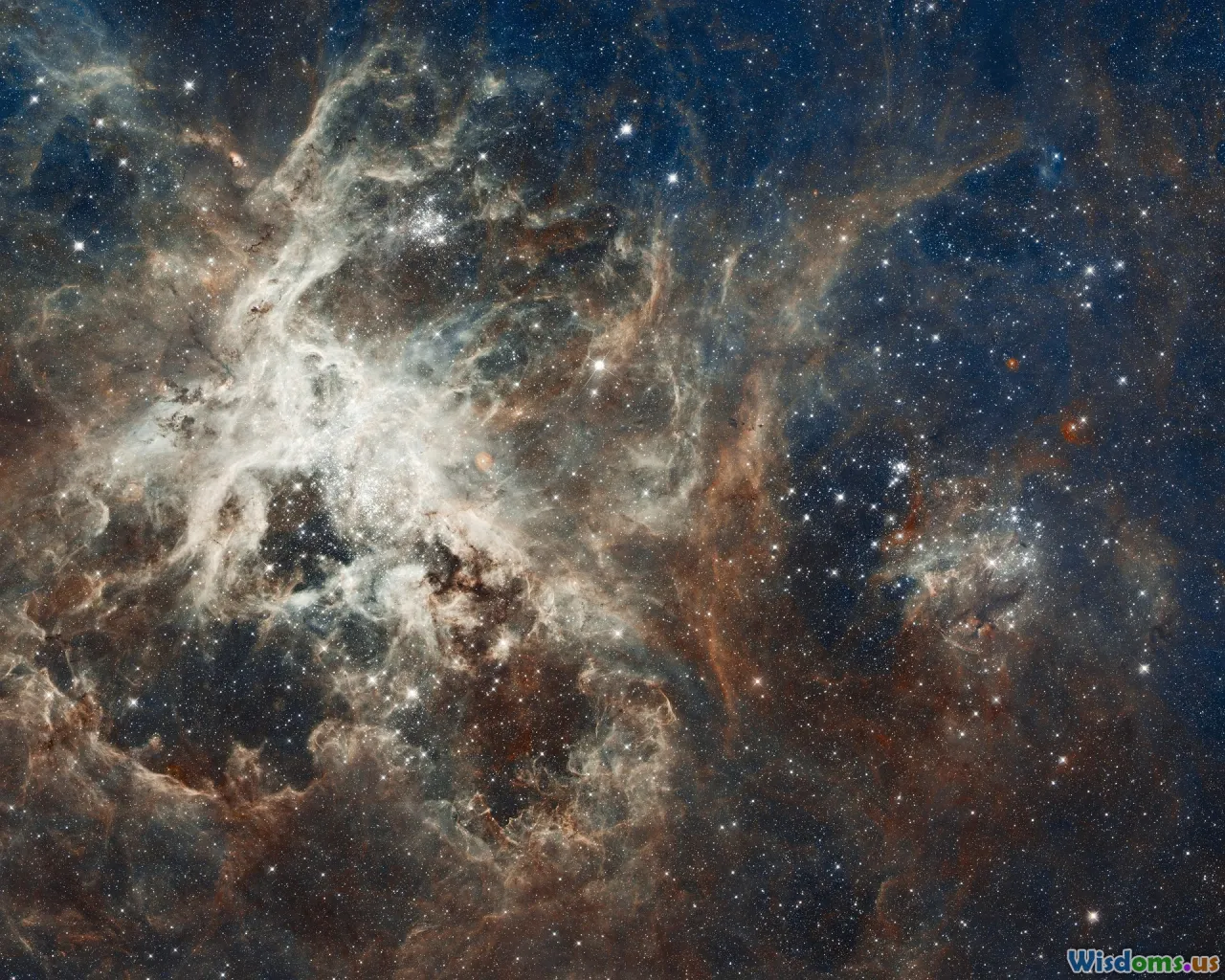
Dark energy, thought to drive the acceleration of cosmic expansion, constitutes roughly 68% of the universe. But it’s even more elusive than dark matter, having no known particles or direct signatures. Its effect is inferred from the desertion of galaxies and measurements of background cosmic microwave radiation.
Gravitational waves, however, offer a groundbreaking new intensity in such measurements. Consider so-called “standard sirens”—analogs to ‘standard candles’ like supernovae, whose distances can be precisely calculated. When neutron stars or black holes merge, the loudness and shape of the wave provide an independent yardstick to measure cosmic distances.
By collecting mergers at various distances and comparing wave-derived distances (from gravitational signals) with electromagnetic redshift measurements, scientists can refine how the universe’s expansion rate changes over time—directly probing the influence of dark energy. As catalogues grow, the tension in current value measurements of the Hubble constant (notoriously discordant across methods) may start to resolve, paving the way to understanding dark energy's true nature and perhaps even exploiting emerging anomalies.
Exploring The Early Universe: Echoes from Cosmic Dawn
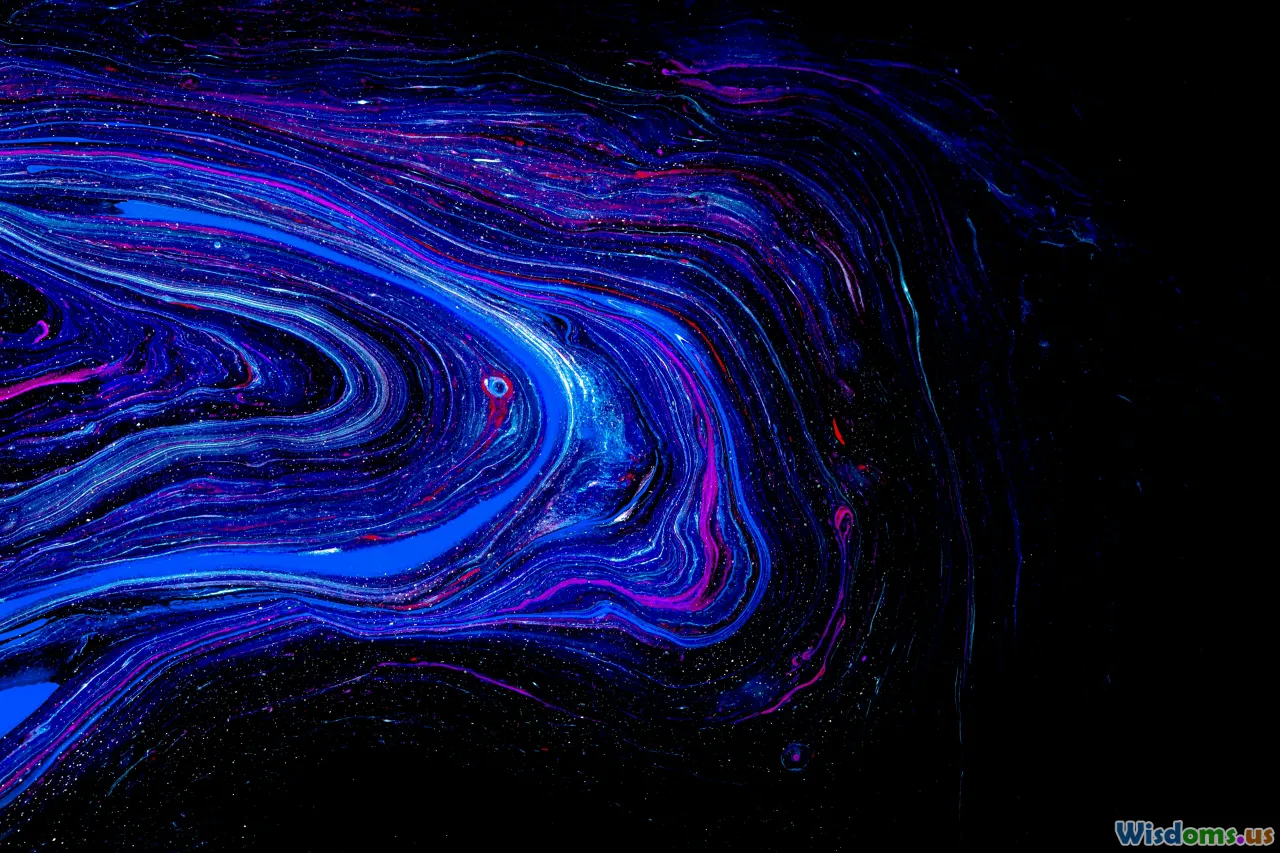
One of the most tantalizing promises of gravitational wave astronomy lies in peering further back in time than any starlight permits.
Photons from the cosmic microwave background come from about 380,000 years post-Big Bang. The universe was too dense and plasmalike before that for light to move freely. But gravitational waves aren’t so tamed. The violent processes of cosmic inflation—exponential expansion within the first slivers of a second—are theorized to have created a background of ultra-ancient gravitational waves that still lap around the universe.
Detecting this cosmic gravitational-wave background would test high-energy physics models of inflation, quantum gravity, and even hints of extra dimensions or string theory. Projects like pulsar timing arrays and next-generation space-born interferometers are hunting for these faint tremors still reverberating from creation itself—a true time capsule without a parallel.
Evidence, so far, is piecemeal. In 2023, several pulsar timing arrays across continents (including North America’s NANOGrav and Europe’s EPTA) announced compelling signals possibly consistent with the gravitational wave background, but confirmation and interpretation demand patience. Still, this pursuit is fundamentally unique: a probe of physics and history unreachable by any other means.
Revealing the Unexpected: Tests of General Relativity and New Physics
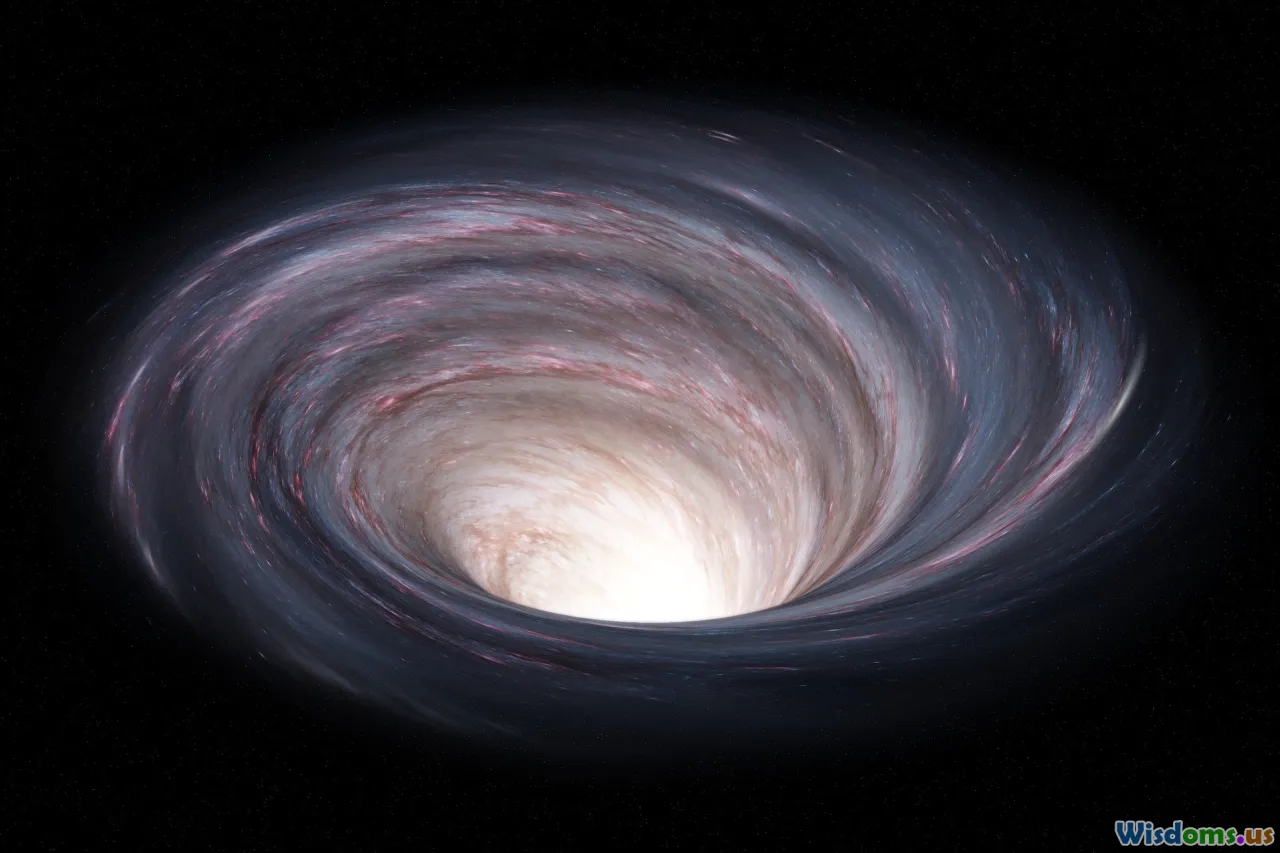
Every time gravitational wave detectors record a colossal collision, they set a trap for the laws of physics themselves. The extremely energetic, high-field environments around black holes are where general relativity should, in principle, be most likely to break down—or need updating.
So far, all observations line up astoundingly well with Einstein’s predictions. The waveforms, the speed at which gravitational waves travel (identical, so far, with light), and the mergers’ energetic signatures have continued to affirm the prevailing theory. Yet, it’s precisely these confirmation tests that carry the seeds of revolution.
Should there be anomalies—extra polarization, delays, or differences in behavior—gravity’s quantum nature or hidden fields could be revealed. For instance, certain modified theories of gravity, or those trying to include quantum mechanics, predict small but specific changes to gravitational wave propagation. Accumulating more diverse and sensitive events increases the likelihood of glimpsing the chink in the theoretical armor—a decades-old quest in physics circles.
The Power of Collaboration: The Rise of Multi-Messenger Astronomy

The detection of GW170817 was historic for another reason: it united observatories across the electromagnetic spectrum. As soon as LIGO signaled the neutron star merger, telescopes worldwide turned their gaze to the localized region of space, capturing gamma rays, visible light, and radio waves. This coordinated symphony led to multiple discoveries, including the first conclusive proof that such mergers create heavy elements like gold and platinum.
Multi-messenger astronomy weaves together gravitational waves, light, neutrinos, and even cosmic rays. This integrated approach not only maximizes scientific return from cataclysmic events but is crucial for solving complex mysteries involving nuclear physics, the origins of elements, and the mechanisms of gamma-ray bursts. Future discoveries—such as a merger also producing neutrinos or particles from dark matter collapse—could clarify mechanisms otherwise impenetrable from single-messenger observations.
Forward Edge: What the Next Generation Has in Store

The story of gravitational waves is only beginning. The next decade will witness a leap in sensitivity, bandwidth, and observing capability. Planned upgrades to current detectors and the coming of age for new observatories will broaden horizons both literally and metaphorically.
- LISA: The European Space Agency’s Laser Interferometer Space Antenna (launching mid-2030s) will set up an interferometric triangle spanning millions of kilometers in space. LISA will taste lower-frequency signals from supermassive black hole mergers and could detect primordial gravitational waves from the universe’s infancy.
- Einstein Telescope & Cosmic Explorer: Proposed ground-based detectors will have ten times the sensitivity and depth, accessing a volume of space thousands of times larger than today’s LIGO.
- Pulsar Timing Arrays: By using fleets of millisecond pulsars as hyper-precise cosmic clocks, an international network continues the search for the background hum of the early universe and even oscillations linked to cosmic strings or new fundamental fields.
- Global Data Sharing and AI: Cross-continental data pipelines and AI-driven real-time event alerts ensure rapid follow-up orchestration, maximizing learning from each rare occurrence.
With these enhancements, not only will we discern thousands of black hole and neutron star mergers, but we will pierce into the heart of galaxy evolution, observe the role of cosmic filaments, and, perhaps, at last, correlate mysterious astronomical transients with their hidden gravitational fingerprints.
Confronting the Cosmic Unknowns: Hopes and Challenges

Despite rapid advances, the voyage through the universe’s gravitational wave landscape confronts as many riddles as solutions. Unique signatures—hints of merging objects that defy classification, or signals seemingly at odds with theory—already loom large, hinting at new populations or poorly understood physics.
Crucially, addressing the deepest cosmic mysteries will demand:
- Uninterrupted Data: Longer observing runs, increased global coverage (especially with detectors in the Southern Hemisphere), and higher duty cycles will fill in observation gaps.
- Interdisciplinary Theorizing: Drawing on progress in nuclear physics, quantum field theory, and computational science to interpret signals and develop new signatures to search for.
- Open Collaboration: Overcoming data silos and competitive secrecy to enable rapid and holistic science.
- Public Engagement: Inspiring the next generation of researchers—and public support—demands exceptional storytelling around discoveries and scientific frontiers.
The challenge is as exhilarating as it is daunting. Each gravitational wave caught carries not only the whisper of two distant objects commingling, but a handshake with the deepest layers of the universe’s architecture.
As our detectors become more sensitive and our theoretical imagination expands, the hope is clear: gravitational waves may yet transform the blurred outlines of the universe’s darkest secrets into shapes we can recognize, analyse, and finally understand. The cosmos seems ready to reveal ever more—if we keep listening, ever more intently, to its gravitational song.
Rate the Post
User Reviews
Popular Posts










